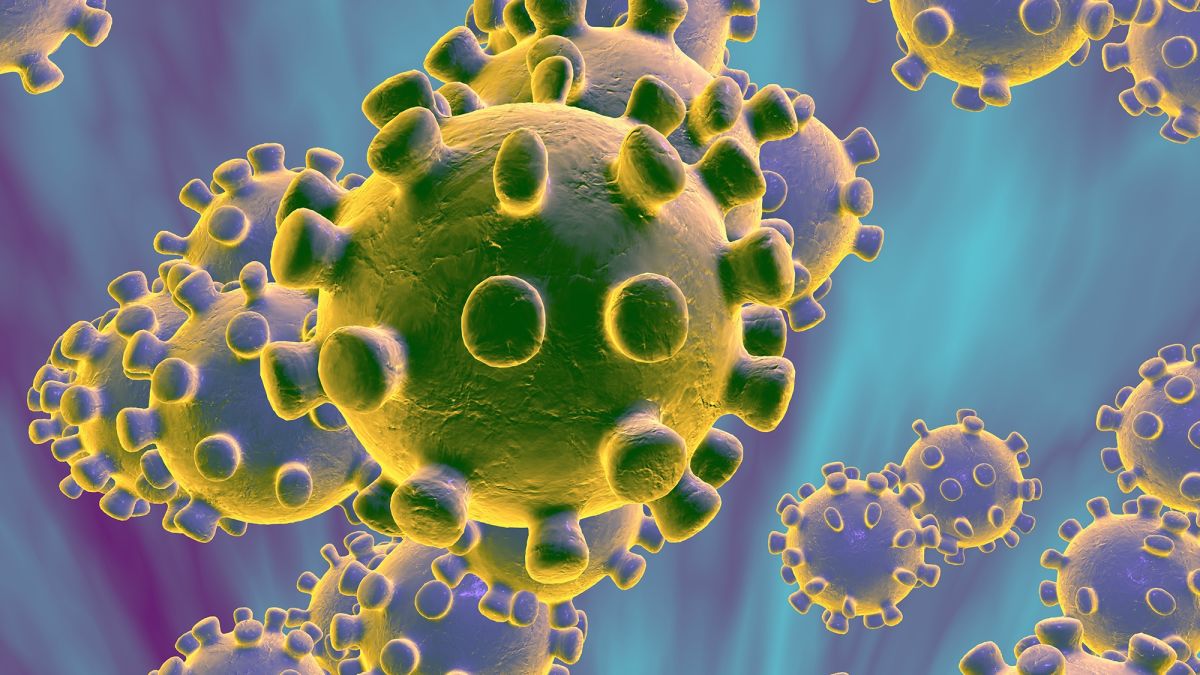The new year 2020 started off with what someone describe as a pandemic, the outbreak of a strand of coronavirus which infects humans. What started out in the Chinese city of Wuhan is still spreading uncontrollably across the globe claiming lives as experts struggle to contain and find a cure for the virus.
A glance at the outbreak timeline
On 31st December 2019, China alerted the World Health Organization (WHO) of several flu-like cases in Wuhan, the capital of China’s Hubei province, which has a population of over 11 million people. Patients were quarantined and health authorities commenced work on tracing the source of the flu.
The following day, the source of the flu was narrowed down to a seafood market in Wuhan, which has remained closed since then. Two days after that, passengers arriving in Changi Airport, Singapore from Wuhan were made to undergo temperature screening following the outbreak of the flu. However, the WHO advised against any travel restrictions on travel and trade with China at that time, based on the available information.
On 6th January 2020, initial investigations rules out bird flu, seasonal flu, Severe Acute Respiratory Syndrome related coronavirus (SARS) and Middle Eastern Respiratory Syndrome related coronavirus (MERS). The Chinese authorities reported that the number of suspected cases touched nearly 60 with seven being in critical condition. However, human-to-human transmission was not confirmed by the health officials at that time.
One day after this, the virus was officially identified as coronavirus, which is a family of viruses including the common cold, SARS and MERS. Authorities temporarily named the virus strand “2019-nCoV”. Soon after, Chinese Center for Disease Control and Prevention (CDC) reported that 2019-nCoV is the agent and made the genome sequence available to the world, associating the virus to the SARS-CoV group.
Although this was a glimpse of hope in putting a stop to the spread of the virus, on 11th January 2020, a 61 year old male who was admitted in 27th December 2019 died of the virus. However, the Chinese government then revised the number of people infected with the virus down to 41.
From then, the virus been spreading to various countries fear strikingly fast as the first case out of China was reported in Thailand and Japan. By the end of 20th January, human to human transmission of the virus was confirmed as more than 200 cases were recorded in various parts of China along with more reports from Thailand and South Korea. A two more deaths in relation to the virus were reported in China, and the Chinese president called for the virus to be contained. By then the Scientists at the National Institutes of Health (NIH) in the US started working towards a vaccine against the new, deadly coronavirus
It was not long before the virus has spread to the US and Australia was well following the patient’s trips to China. With over 500 infected and 17 dead, the WHO met in Geneva and decided to put a hold on declaring a global health emergency. However, airports across the world set up screening of passengers coming in from China and a ban on sale of live poultry from Henan province was implemented.
As the number of cases increased dramatically over the next few days, Wuhan was placed on lockdown during the early hours of 23rd January, followed by neighbouring cities a few hours later. This was met with Beijing cancelled the Chinese New Year celebrations, while WHO met again and decided to postpone declaring an international health emergency, yet again. During time, the US doctors used a robot to try and treat the patient in US while several US medical companies expressed interest in developing a cure and vaccine for the deadly coronavirus
At present, at least 10 chinese cities are under travel lockdown with limited food supplies as the number of infected patients rise to nearly 2000, with at least 56 dead. So far, cases have been reported in Hong Kong, Macau, Thailand, Australia, Malaysia, Singapore, France, Japan, South Korea, Taiwan, US, Vietnam, Nepal and one presumptive confirmed case in Canada as well.
How prepared is Maldives?
Maldives is a tiny island nation comprised of thousands of islands spread across the Indian Ocean. With 20 atolls starting from north to the very south, the 400,000 population is spread rather unevenly due to decades of centralization policies adopted by the state.
Currently, over a fourth of the population of Maldives is based in the capital of Male’ which is one of the most densely populous cities in the world. Male’ is connect with Hulhumale’ along with Hulhule’ where Velana International Airport, the main transportation hub of Maldives is located in. Hundreds of international flight operations take place here on a daily basis.
As for the rest of the Maldives, there is an international airport in Addu City, the southern most atoll of the Maldives where Sri Lankan Airlines operated on a scheduled basis along with the occasional private jets and chartered South African Airlines. Maldivian authorities have reported that temperature screening has begun in Velana International Airport and that Gan International Airport in Addu is also ready to being the screening process, but is yet to do so. Apart from this there are several smaller scale international airports in other parts of Maldives as well.
Looking at the medical facilities, the only tertiary functioning medical facilities are still only located centrally, however with an upcoming tertiary hospital in Addu, the south as well. The existing health care system has island health centres and regional hospitals however, with limited facilities. It is reported that all quarantined passengers would be transferred to Hulhumale’ where they would be treated in Hulhumale’ Hospital. However, no protocol has been announced on how passengers presenting symptoms would be treated in the rest of the Maldives.
Given an outbreak occurs in the Maldives, it would be difficult to contain the virus as residents of the island would travel by sea or air to other parts of the Maldives with better medical facilities. However, should the authorities act fast, the separation by sea would also pose as an advantage in containing the virus in the infected islands only. It would then only mean a question of providing adequate medical attention those in the islands.
However, it has come to light that so far that the only way to diagnose the virus is by clinical case definition along with epidemiological contact evidence. This is because the Maldives is yet not in possession with any generic Coronavirus Polymerase Chain Reaction (PCR) kits to identify the virus from samples, and specific kits would take time to be developed. Therefore, it is most likely that samples would be collected for reference of the Health Protection Agency of the Maldives and sent abroad for further investigation.
While this is so, it is also noteworthy that Maldives heavily depends on the import of medical equipment including medicine itself, hence a probable global pandemic already sparks fear of the generic PCR kits along with medical supplies running out along with food, given that there would be high demand on such supplies. Not only this, but should the outbreak reach to a point where a travel ban is imposed on the Maldives, the economy would suffer extensively, given that tourism is the main source of income into the country.
So the question begs, how prepared is the Maldives for a possible global coronavirus pandemic?





